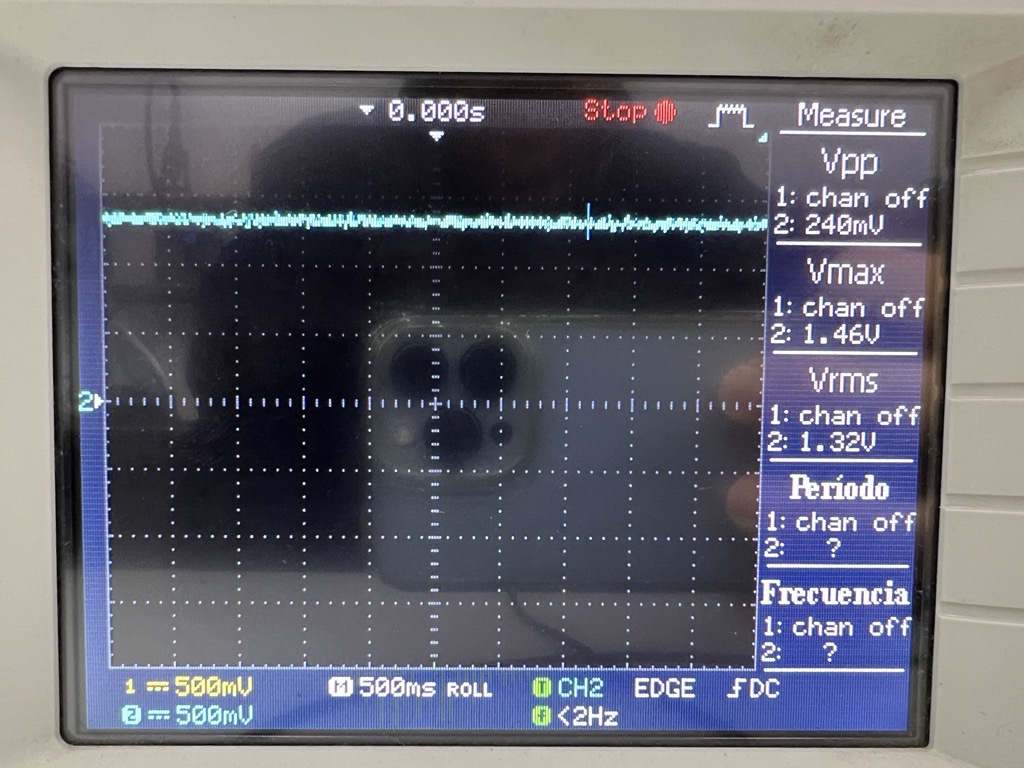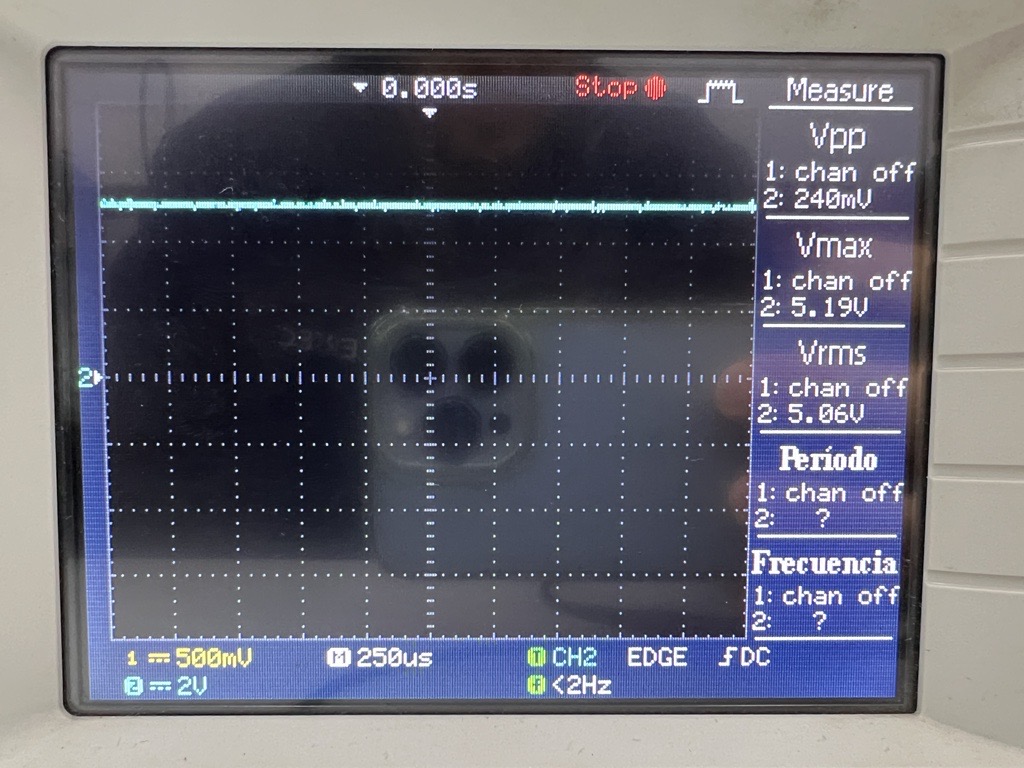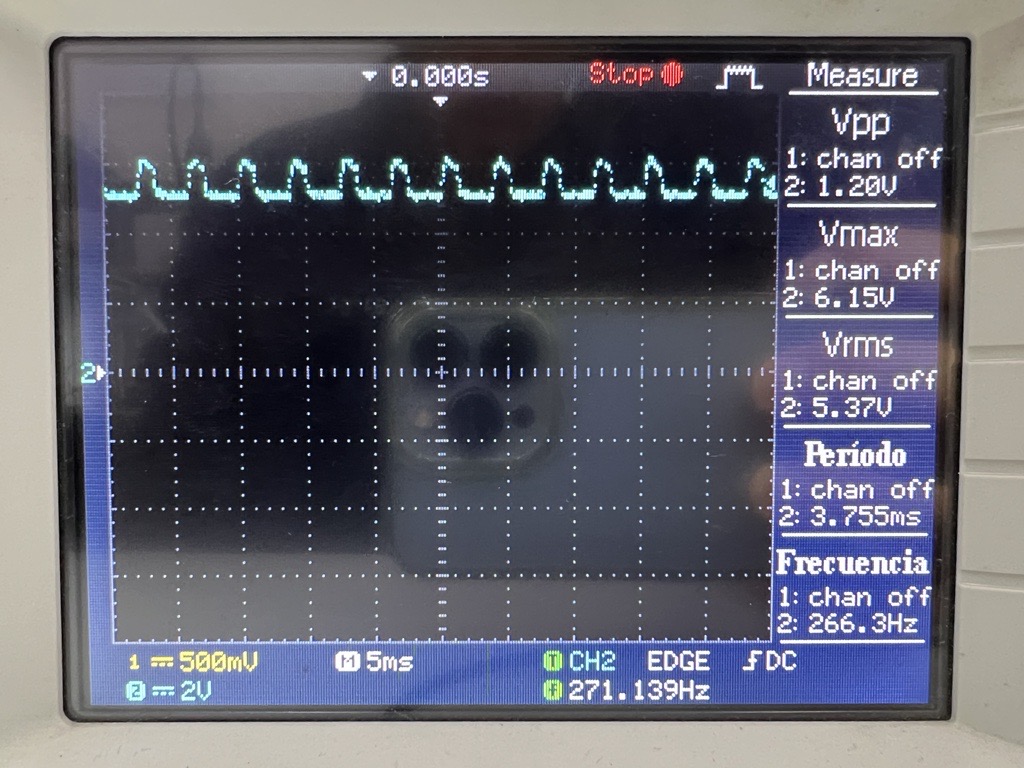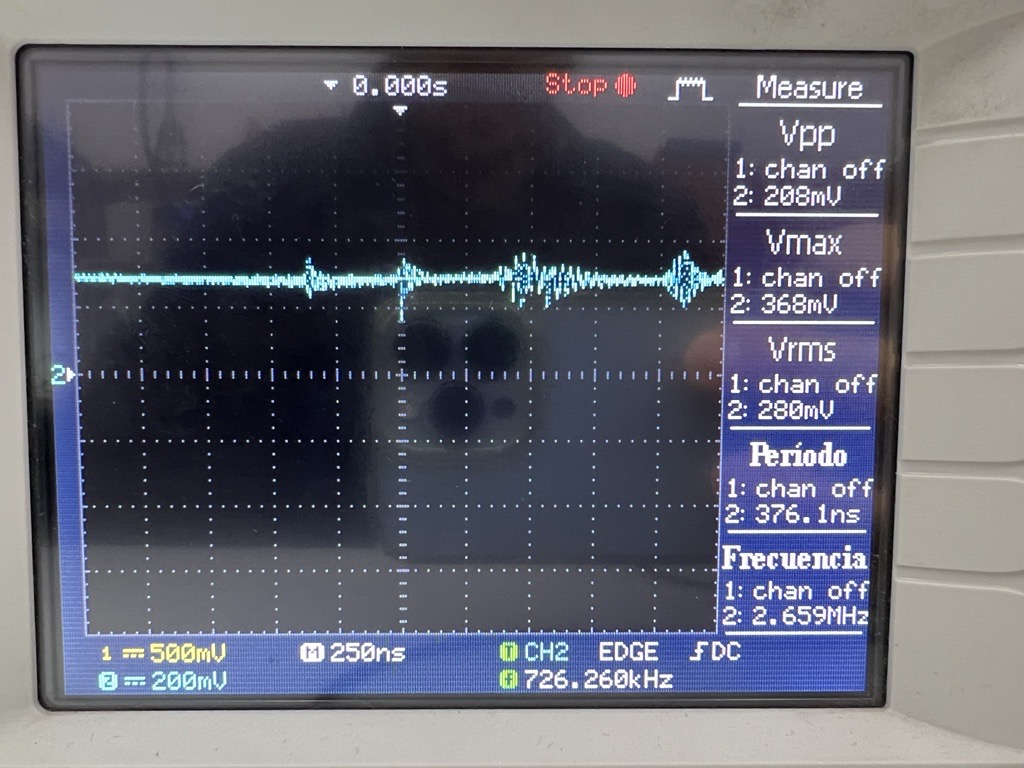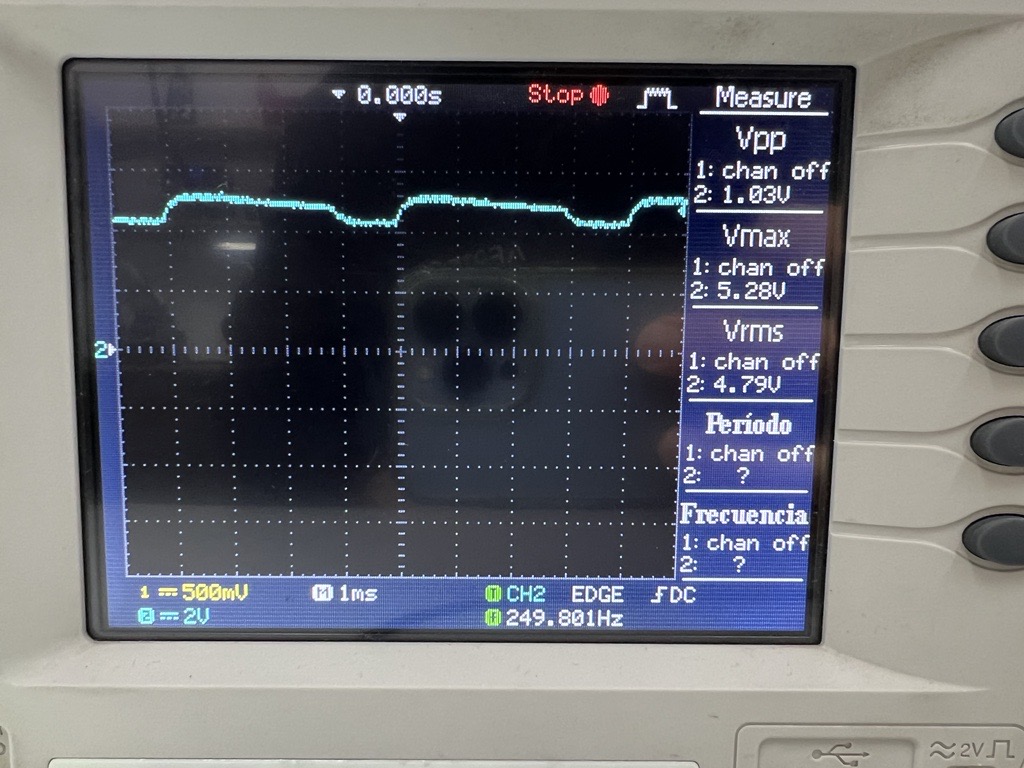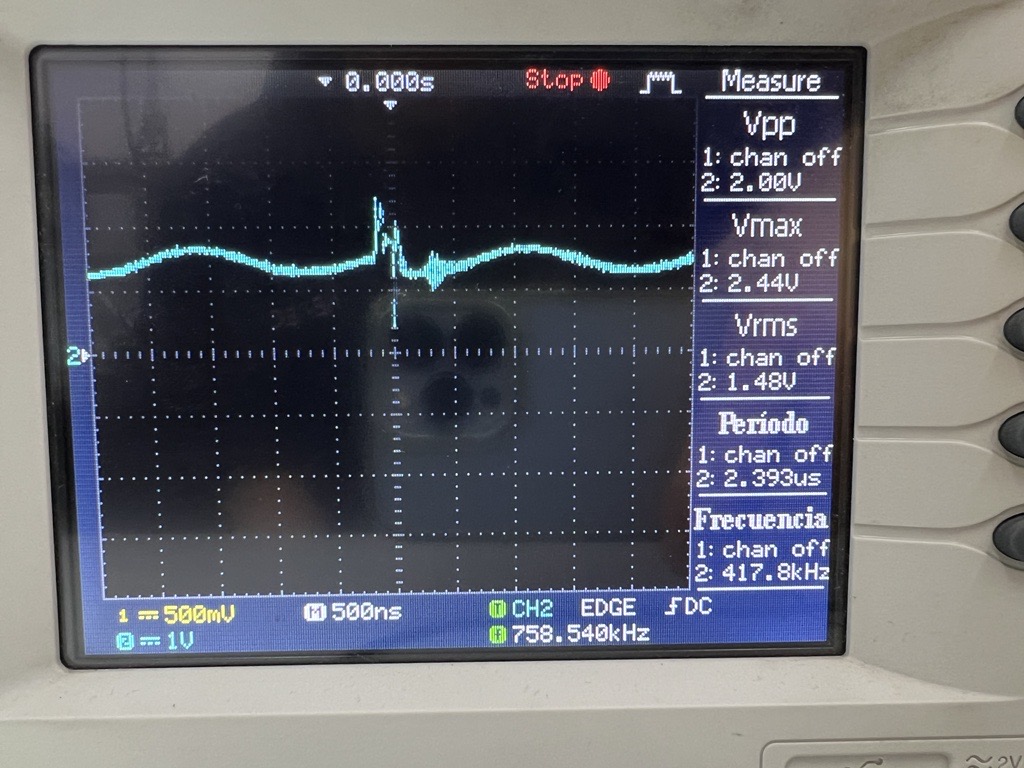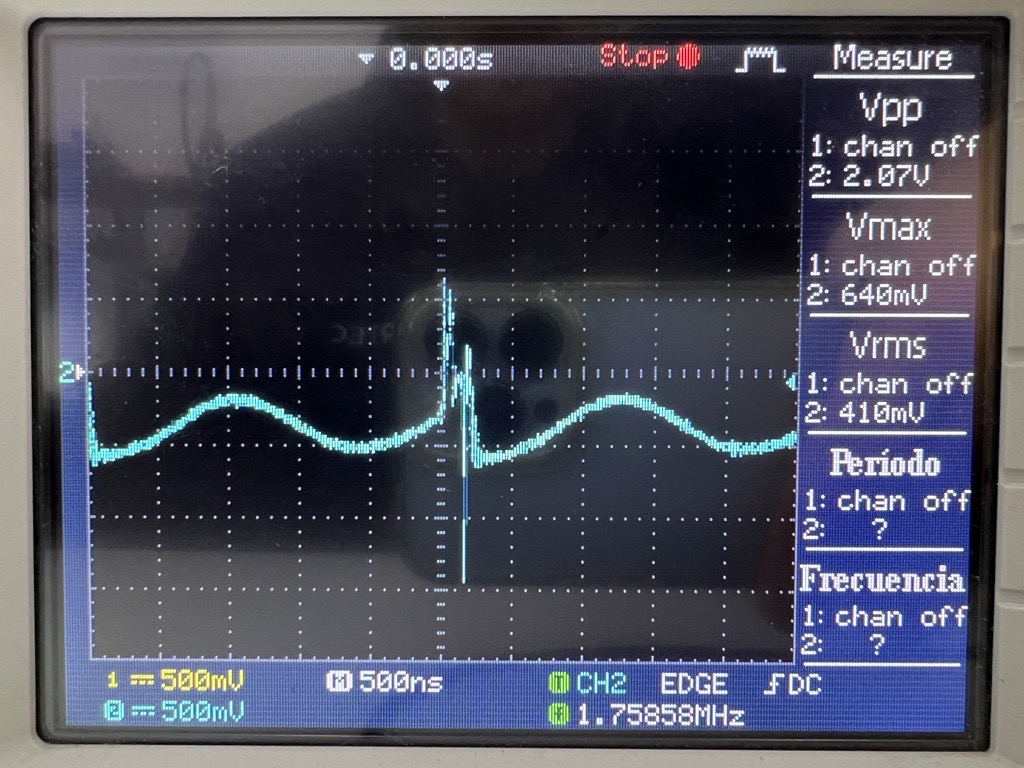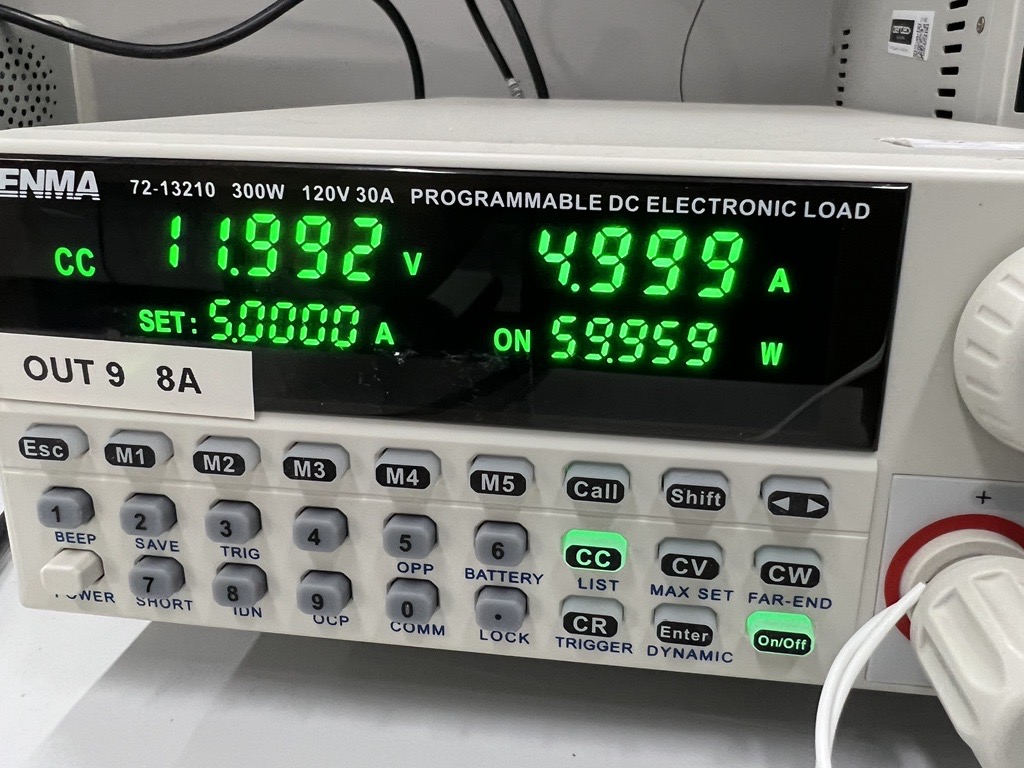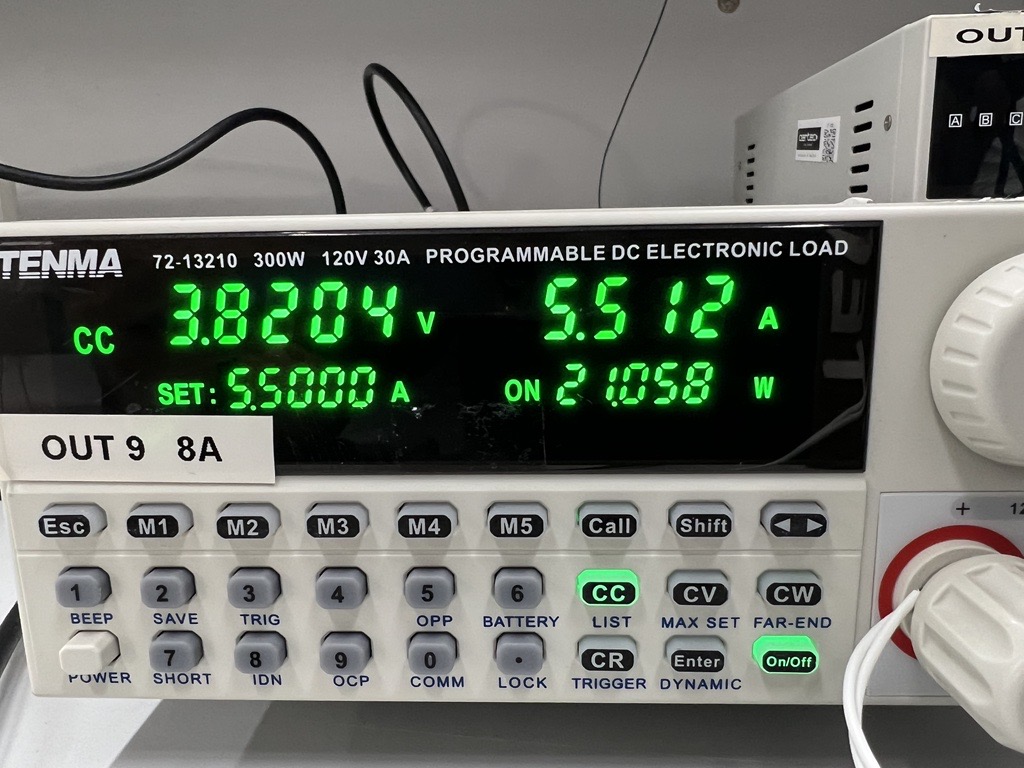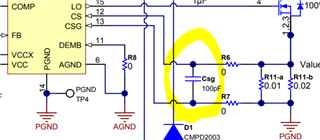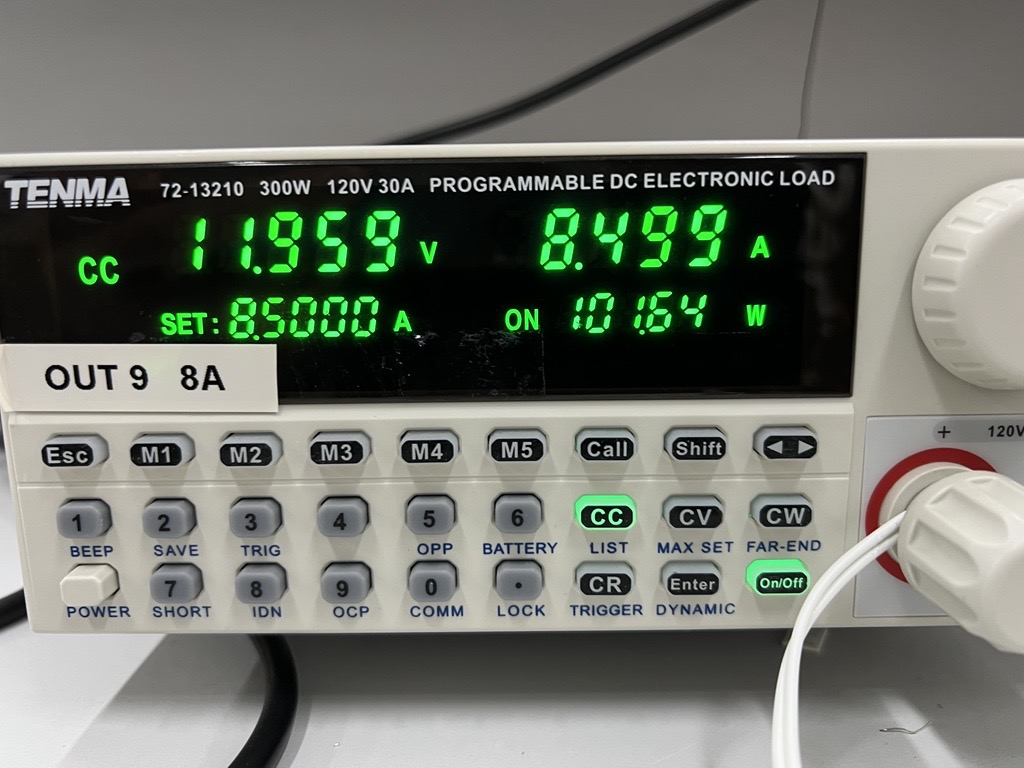Hello experts!
I have designed a buck converter to reduce an input voltage of 24-60VDC to an output of 12VDC . I have used the WEBENCH tool, recommended in the datasheet.
You can see the circuit in the following image:
I have also simulated the circuit with PSPICE for TI, using the values given by WEBENCH, and the output is correct (12VDC).
I decided to order the designed PCB from an external company, and once I had it, I tested it. All the pins of the LM5116 are apparently working correctly (by checking voltage with a multimeter), except for the HO and the LO pins. As these pins are not working properly, the mosfets are not working properly. I tried soldering more capacitors on the inputs and output but Vout does not change (-300mV). Then I changed the resistor Rt to change the frequency, and the output changed to 100mV, but it is still far away from the 12VDC that I want. I am using an input voltage of 30VDC to test it.
Can you give me some idea of what is wrong and understand why it is not working properly?


